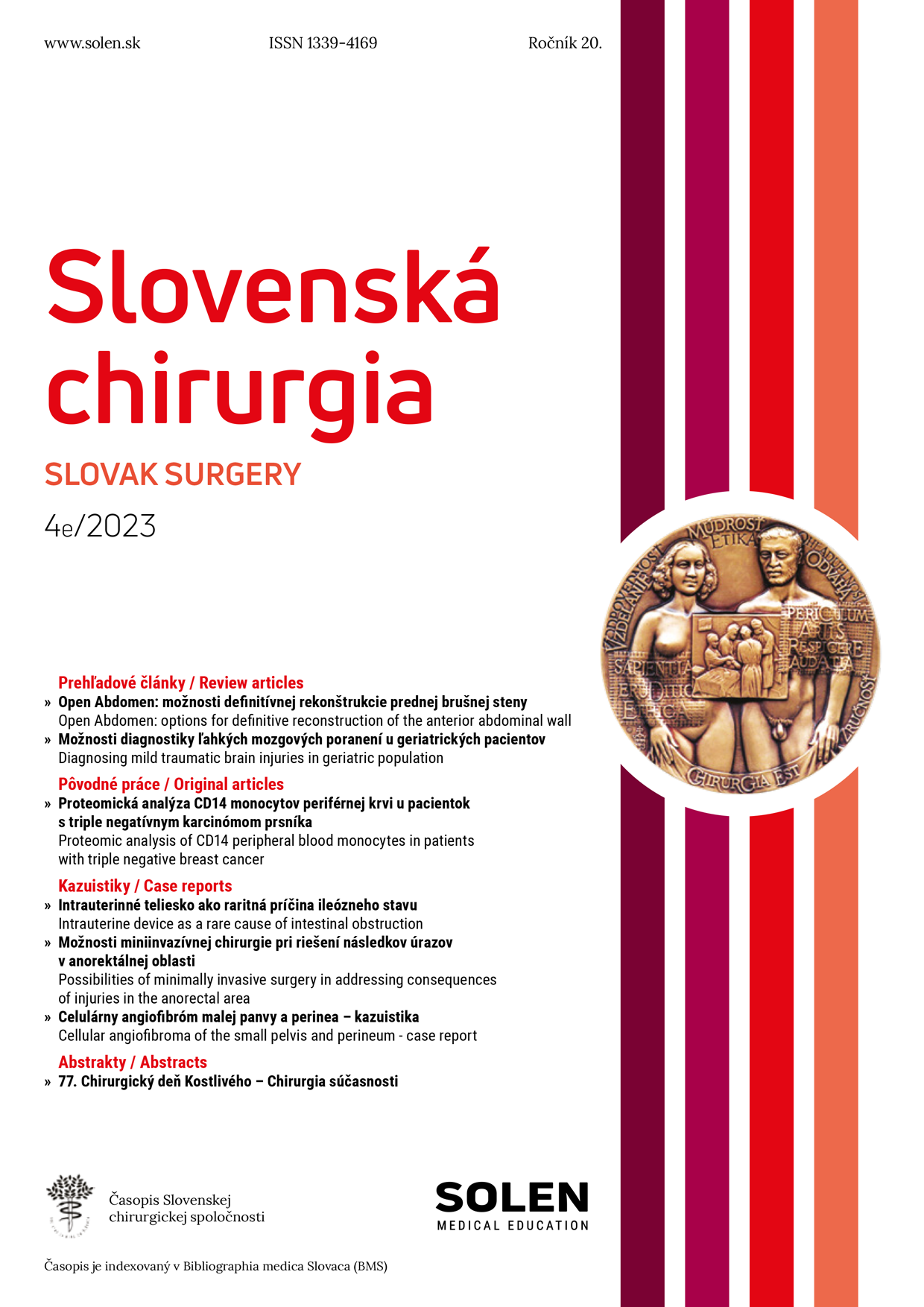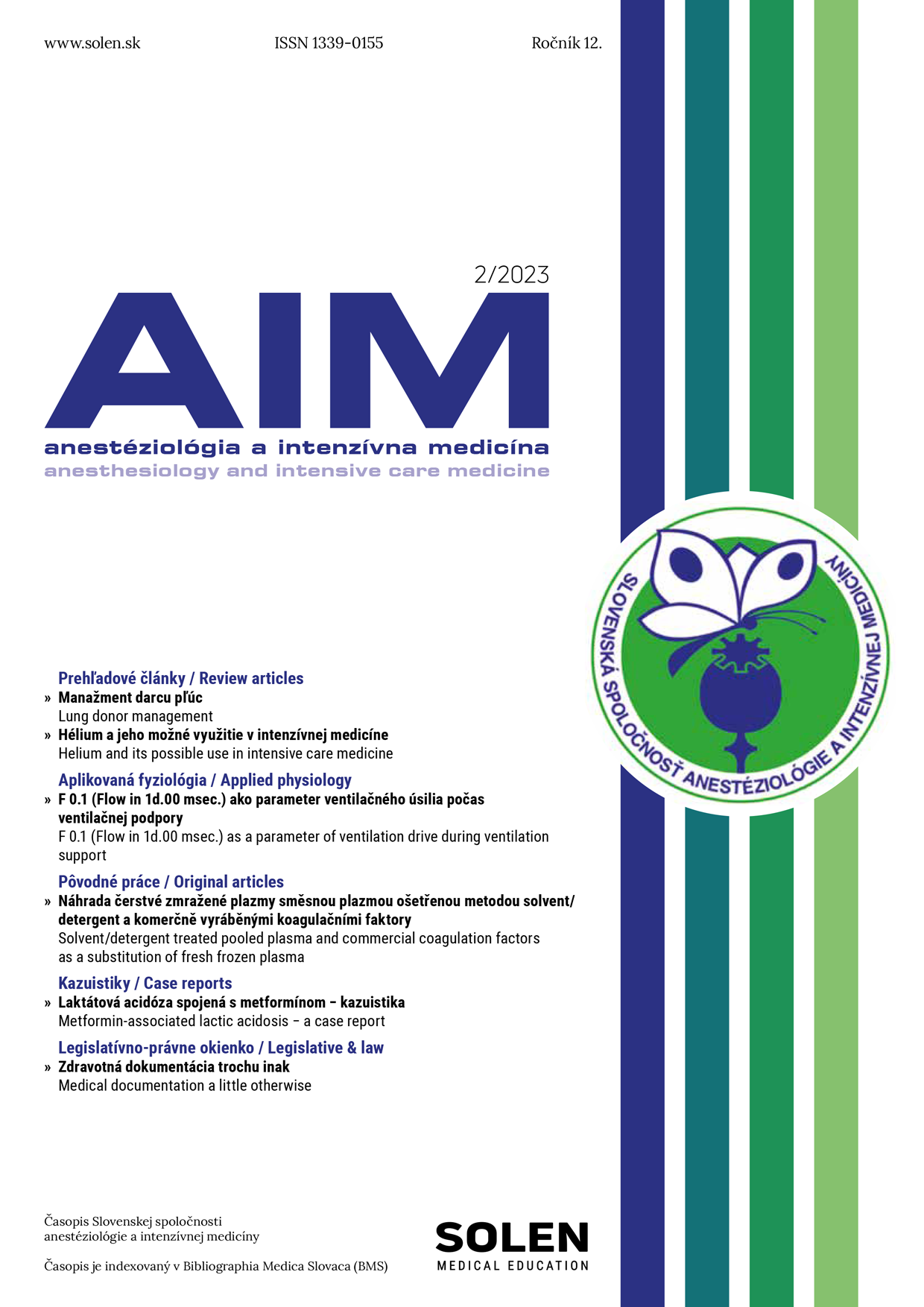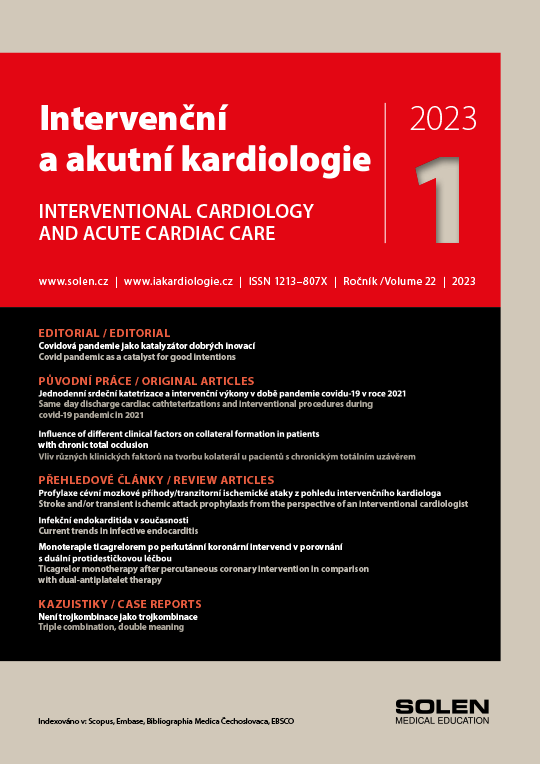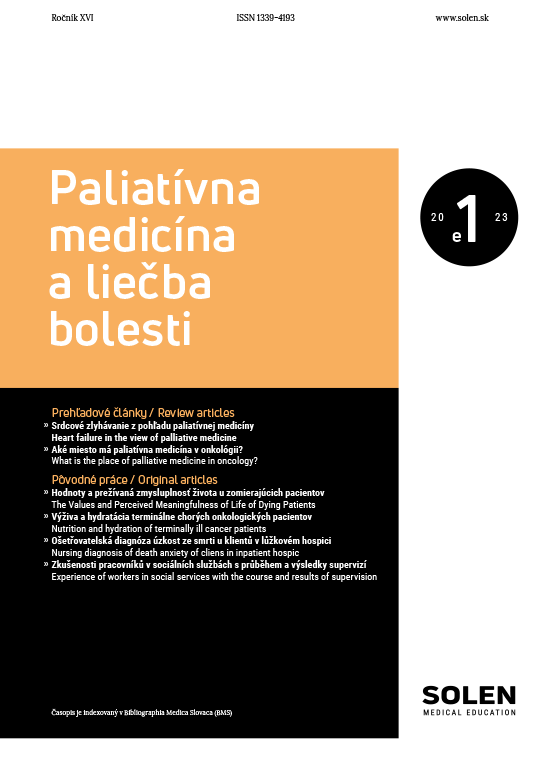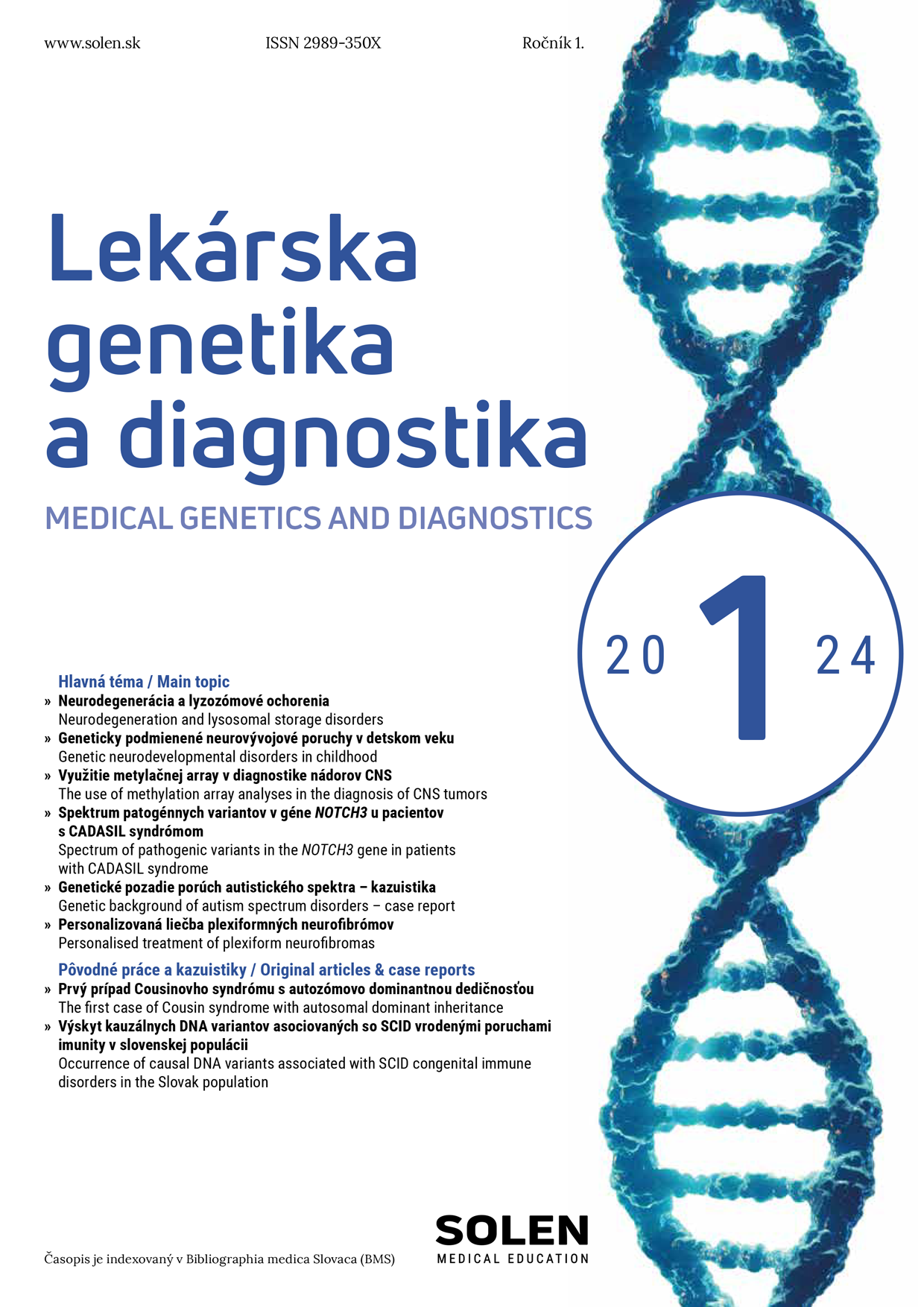Pediatria pre prax 1/2021
Súčasné trendy v liečbe intraventrikulárnej hemorágie u novorodencov
MUDr. Robert Chrenko, PhD., MUDr. Dana Dolníková, MUDr. Katarína Balažovjechová, MUDr. Benedikt Trnovec
Napriek pokroku v neonatológii zostáva intraventrikulárna hemorágia (IVH) závažnou príčinou mortality a morbidity nielen u predčasne narodených, ale aj u donosených novorodencov. Riziko IVH je nepriamo úmerné gestačnému veku, pričom najrizikovejšie sú gestačne najmladšie deti. Okrem primárneho poškodenia mozgu krvácaním môže dlhšie trvajúce IVH a rozsiahle hematómy sekundárne poškodiť mozgový parenchým vznikom posthemoragického hydrocefalu (PHH) a léziami bielej hmoty z útlaku, škodlivého vplyvu kyslíkových radikálov, degradačných produktov krvi a zápalu. Z tohto dôvodu sa na kontrolovanú drenáž likvoru počas akútneho štádia IVH vykonávajú rôzne dočasné neurochirurgické intervencie. Neuroendoskopická laváž (NEL) je novšou metódou na evakuáciu hematómu a degradačných produktov krvi v likvore. NEL môže zabrániť narušenej absorpcii likvoru pri oklúzii resorpčných miest a napomáha znížiť dilatáciu komorového systému s následným rozvojom venóznych infarktov v bielej hmote. Hlavnou výhodou NEL však je zníženie potreby trvalých shuntových systémov približne o polovicu v porovnaní s konvenčne používanými metódami. Sľubné predbežné výsledky sú predmetom ďalšieho výskumu v prospektívnej medzinárodnej multicentrickej štúdii.
Kľúčové slová: intraventrikulárne krvácanie u predčasne narodených detí, IVH, posthemoragický hydrocefalus, krvácanie z germinálnej matrix, posthemoragický hydrocefalus u predčasne narodených detí, periventrikulárny hemoragický infarkt
Up-to-date trends in treatment of intraventricular hemorrhage in newborns
Despite continuous medical progress in neonatal intensive care intraventricular hemorrhage (IVH) is still a major cause of mortality and morbidity in term and preterm infants. The risk of IVH is inversely related to the preterm infant’s gestational age, with the most premature infants at highest risk. Higher grades of IVH are associated with more severe neurodevelopmental sequelae due to white matter lesions. In addition to the primary damage to the brain parenchyma, there is also potential secondary damage caused by posthemorrhagic hydrocephalus and white matter injury due by pressure, distortion, free radical injury, inflammation and detrimental effects of intraventricular blood degradation products. Various temporizing neurosurgical interventions are used to achieve a controlled drainage of cerebrospinal fluid (CSF) during the acute state of IVH. Neuroendoscopic lavage (NEL) is a novel approach to remove hematoma and blood products from the ventricular system, which may help prevent disruption of CSF absorption due to venous occlusion. Additionally, distending of the ventricular system and consecutive development of venous infarction of the underlying white matter may be reduced. However, decreasing the number of permanent shunt insertion by half compared to previously used interventions seems to be the most important advantage of NEL. These positive results will be further investigated and compared in an ongoing prospective international multicenter study.
Keywords: intraventricular hemorrhage in preterm infants, IVH, posthemorrhagic hydrocephalus, germinal matrix hemorrhage, posthemorrhagic hydrocephalus in preterm infants, periventricular hemorrhagic infarction


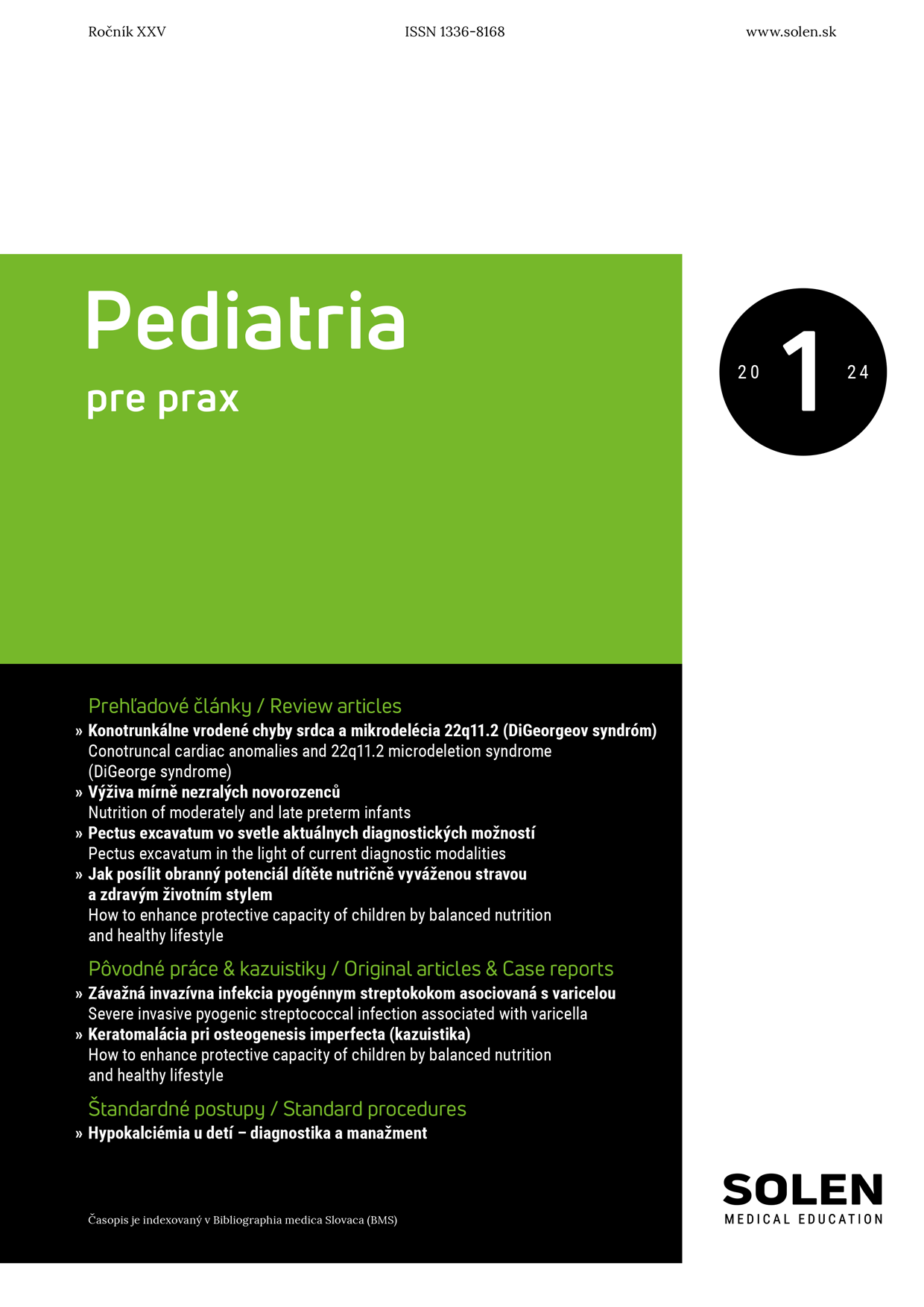
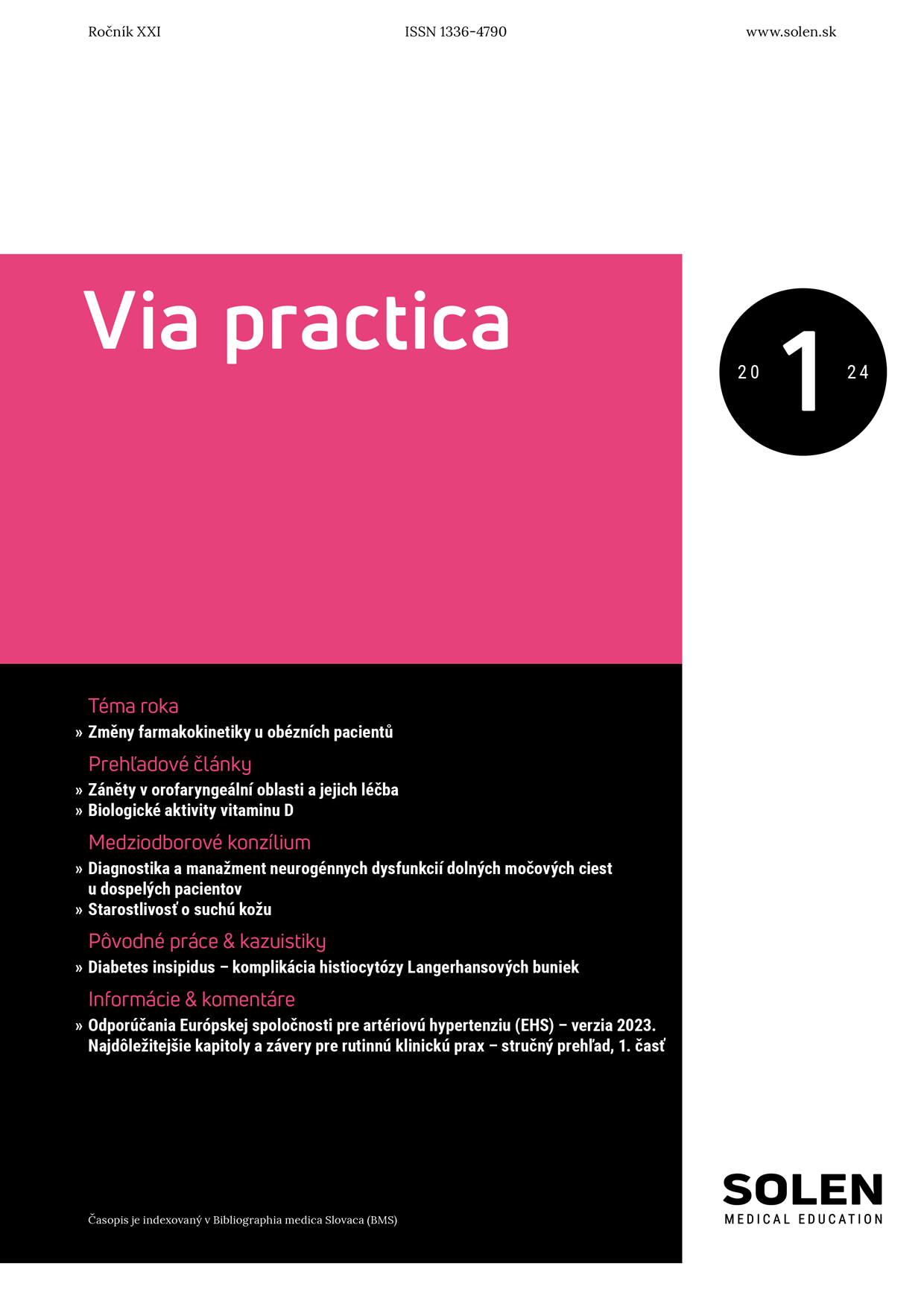
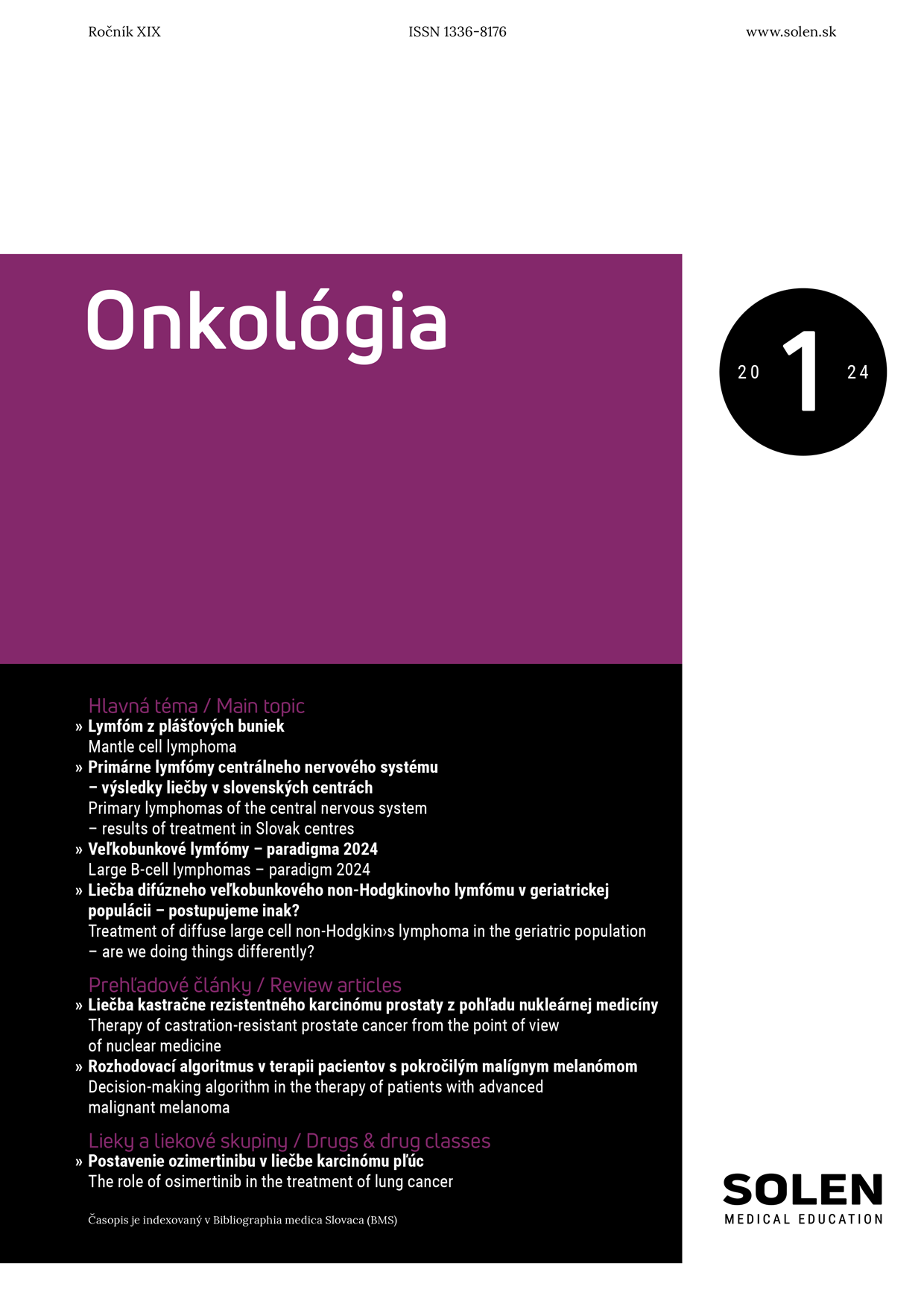
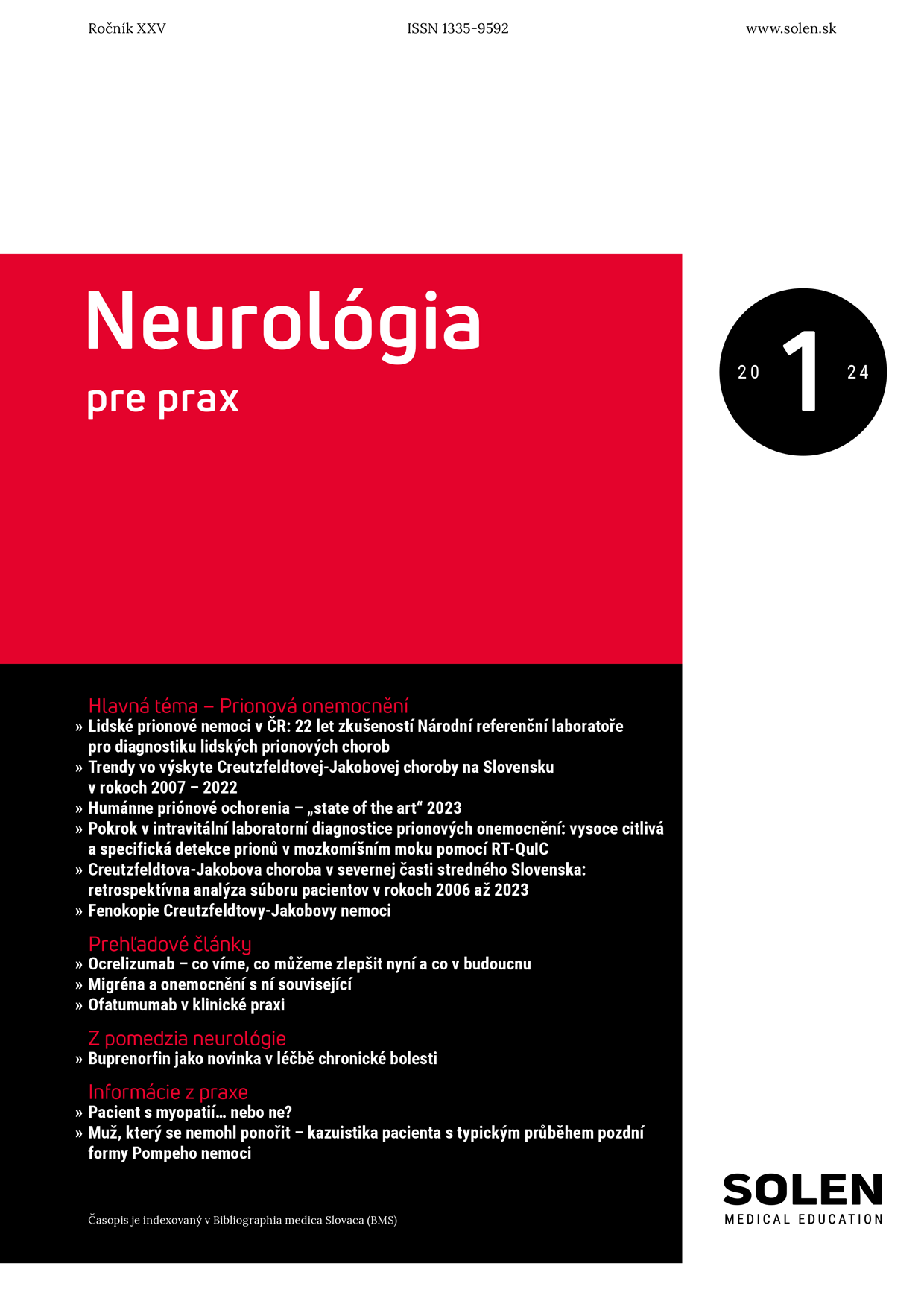
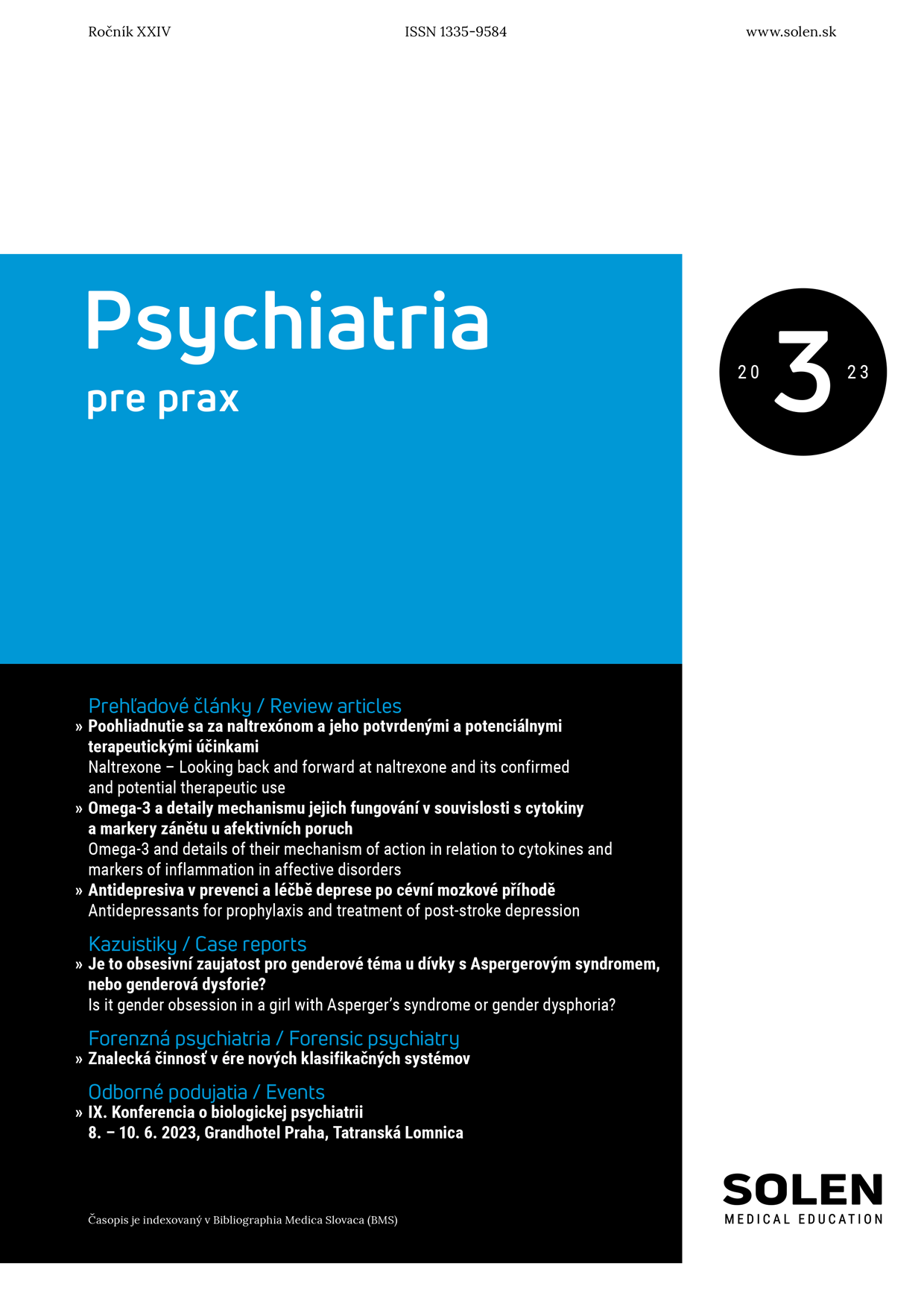
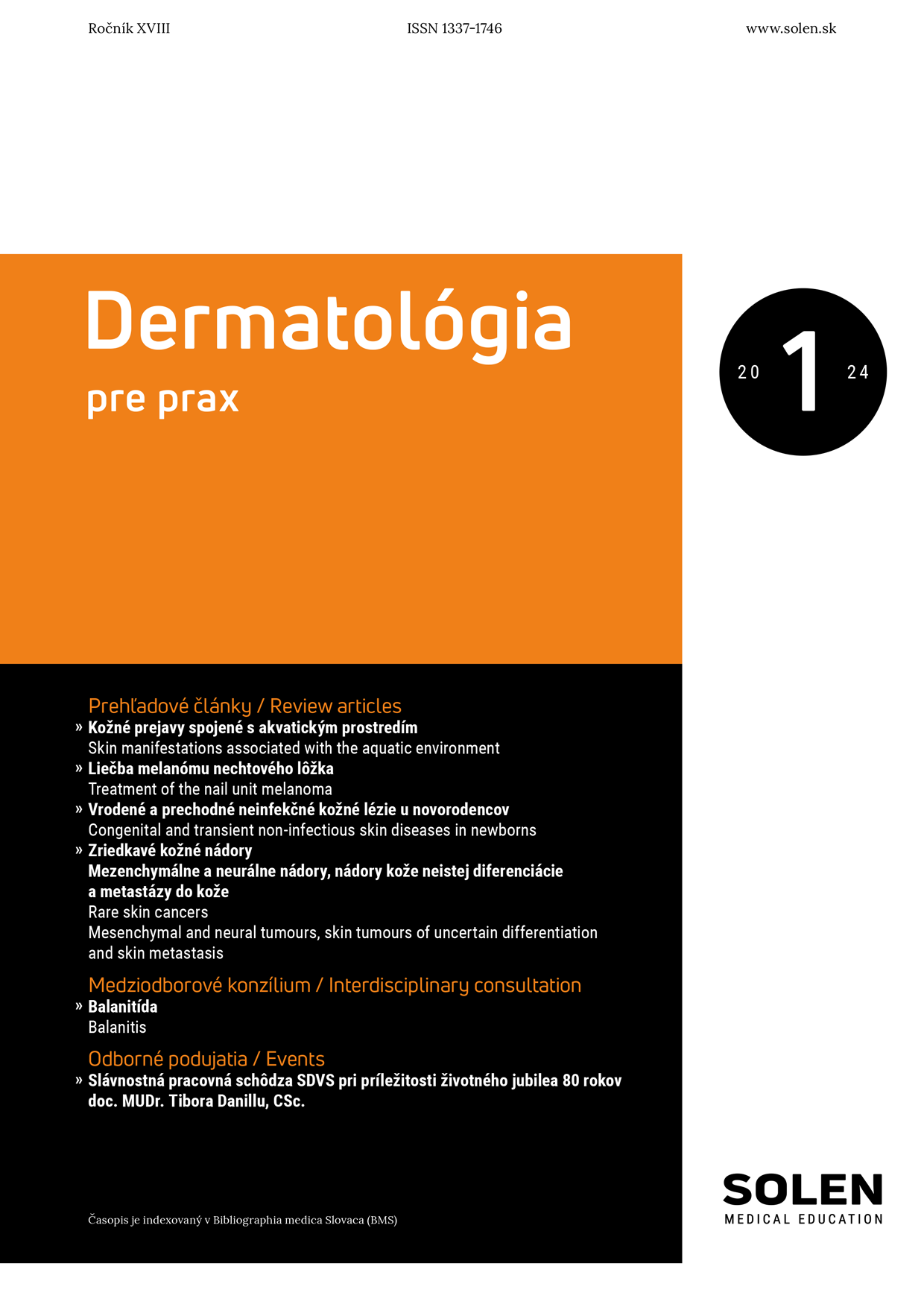
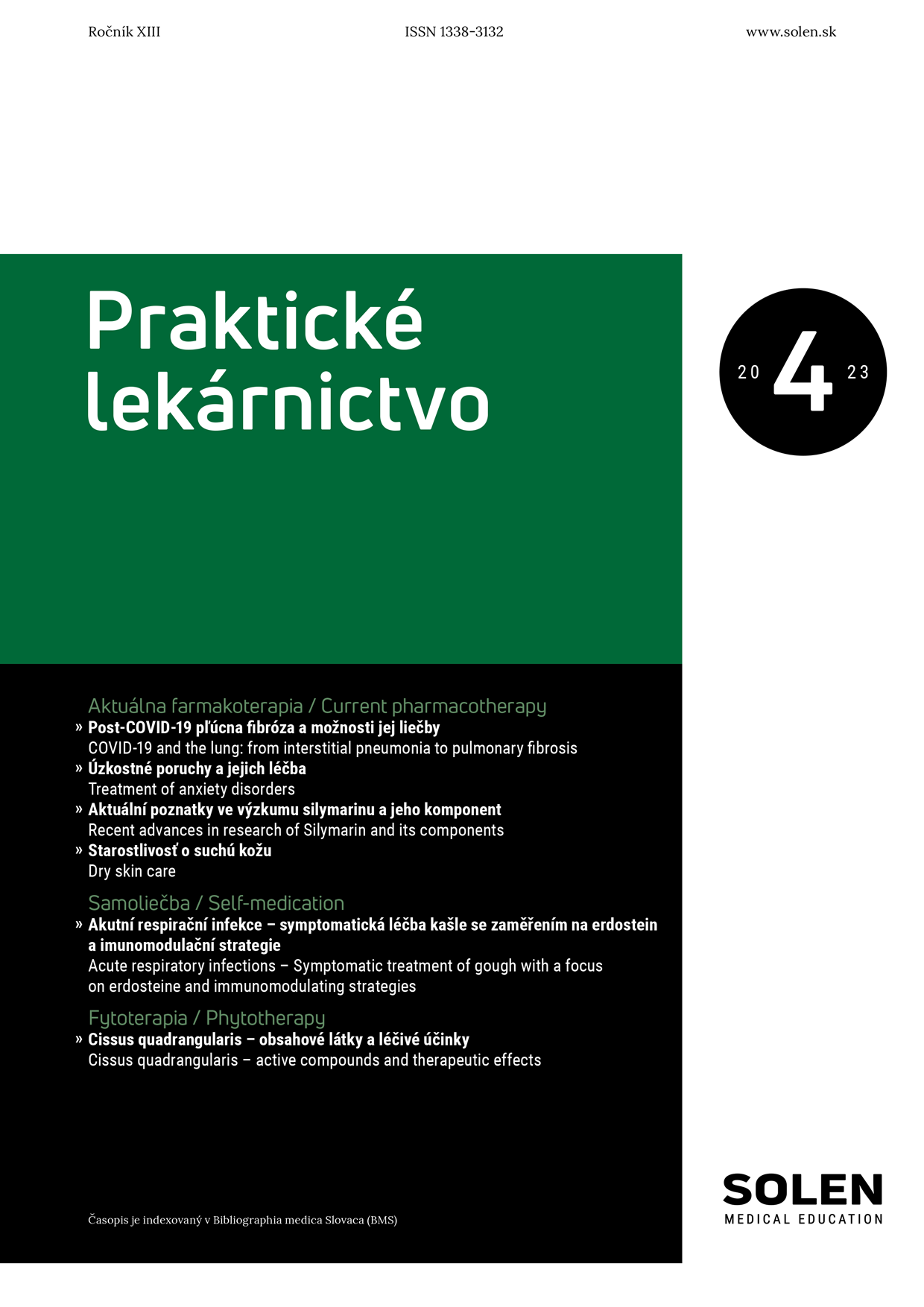
-1.png)
